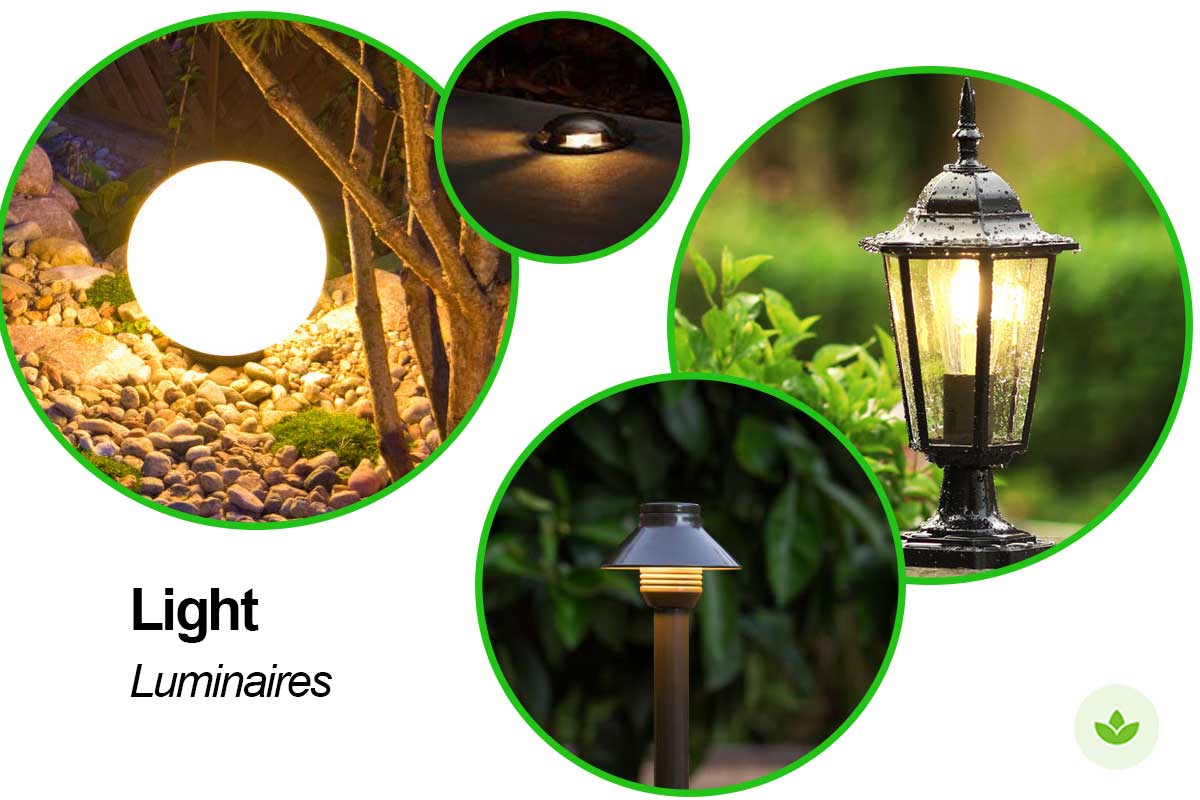In the lighting world, the term “luminaire” describes a complete lighting unit crafted to distribute light, house the lamp and driver, and connect to the power supply. To shed more light on what a luminaire is, let’s look at some of its components and their functions.
Components of a Luminaire
A luminaire is a comprehensive lighting unit composed of several key elements;
- Lamp (light source)– can be LED, incandescent, halogen, or fluorescent
- Lamp holder– Serves as the socket where the lamp is plugged in
- Body/Housing– Holds the lamp, lamp holder, and other internal components securely
- Other components include antiglare cowls, barn doors, directional louvers, lenses/diffusers, reflectors, and filters.
These components work together to modify and control the light output creating the desired lighting effect.
Luminaires vs. Light Fixtures
While the terms “luminaires” and “light fixtures” are often used interchangeably, there is a subtle difference.
A luminaire encompasses the entire lighting unit, including the lamp, holder, body, and accessories. On the other hand, a light fixture is the part of the luminaire that holds the light source. Essentially, a light fixture is a component of a luminaire.
Types of Luminaires
Luminaires come in an array of sizes and shapes, each designed for specific functions and applications. The various types of luminaires are categorized based on function, direction, or by what they are.
Indoor luminaires brighten living spaces, while outdoor luminaires illuminate gardens, water features, pathways, trees, and architectural façades.
Pendant luminaires hang gracefully from ceilings, adding elegance to interiors, while recessed luminaires seamlessly integrate into ceilings, walls, or buried in the ground. Track luminaires allow the adjustment of light direction, and surface-mounted luminaires add sophistication to any space. Wall-mounted, floor, and desk luminaires cater to specific needs, blending functionality with aesthetics.
Some luminaires are designed to be concealed while others are decorative.
Function and light direction
Here are some types of luminaires based on their functions;
- Uplighter: A luminaire designed to emit light upward only, often mounted on a spike for easy installation in the ground. A recessed up-lighter is meant to be buried in the ground.
- Downlighter: A luminaire intended to emit light downward only. The distinction between an uplighter and a downlighter is simply based on how they are utilized. An uplight turned upside down becomes a downlighter.
- Wall-washer: This is a luminaire that directs and spreads the beam of light over a wide but controlled area of a wall.
- Path-lighter: Designed for illuminating paths, steps, terraces, or driveways.
- Recessed path-lighter/Ground wash: A path-lighter that is installed at ground level.
Fixture type
Some luminaires named after the object itself rather than their function include;
- Bollard: An upright post with a built-in lamp. Used for illuminating car parks, larger driveways, and sometimes decks and terraces.
- Bulkhead: A luminaire mounted on a wall or vertical surface, providing practical and all-around lighting.
- Coach lamp or carriage lamp: A wall-mounted luminaire designed to resemble the oil lamps used on horse-drawn coaches in the past. They are often used to illuminate entrances, especially front doors.
- Lantern: Either a pendant/hanging luminaire or a luminaire mounted on top of a post, resembling a lamp-post.
Luminaires are crafted from various materials, such as plastics, aluminum, brass, copper, glass, wood, and ceramic, tailored to their specific purposes.
These units not only brighten our surroundings but also infuse spaces with style, creativity, and a touch of magic, illuminating our lives in more ways than one.


